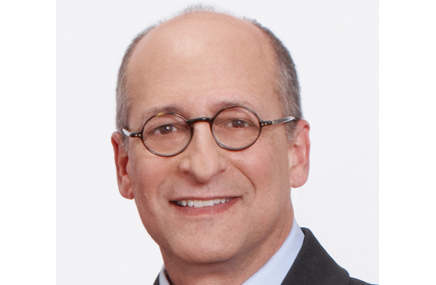In 1978, wearing a three-piece glen plaid suit, I interviewed for a job as a junior copywriter at a now-defunct agency on 42nd Street in Manhattan. In a tan, vinyl briefcase, I carried my Master’s thesis on an obscure, early novel by Herman Melville, and a dozen or so poems. I knew nothing about medicine or advertising for that matter. And yet, I was hired as a pharmaceutical copywriter for an annual salary of $7,200. At the end of December 2012, I will walk away from this 34-year journey as the retired chairman of two highly successful agencies: Harrison and Star, and Biolumina.
Gone are the three-piece suits and so too are the chances of a naïve, unprepared job applicant looking for a way into an agency creative department. Besides these minor changes, I’ve witnessed a number of substantial ones as well. For me, the most striking include the contributions of women, the impact of technology, and the quality of creativity.
When I entered the business, women were confined to four departments: creative, media, finance, and administrative. It was rare to find women in the center of agency power: account services. At the time, the role of account services centered on building client relationships. Their function was to keep clients happy. So with their American Express cards in hand, these Mad Men slogged through New York’s best restaurants, theaters, and hotels. Brand strategy? They were clueless. Customer insights? Zilch. Market knowledge? Forget about it.
But the landscape started to change. Women began showing up at meetings. They were asking questions. Lots of questions. Like, “what’s the objective of this ad campaign?” And, “what do doctors think about this approach?” And even, “how does this concept fit with our strategy for growing first-line use?” Suddenly their male counterparts who had been adept at holding doors open for women were being shown the door by women. And the quality of the thinking and of the work became stronger and more effective. And we’ve never looked back.
It’s not possible to overestimate the effect of technology on the business. Imagine an office with no computers, cell phones, fax machines or internet. No Powerpoint for crying out loud! When I had to research a medical subject in my early days, I headed to the New York Academy of Medicine on Fifth Avenue and 103rd Street. I spent many a pleasant afternoon in the tranquil silence of that library’s reading room, whose only sounds were the ceiling fans slowly spinning. Today, I can gather all that information online in 30 nanoseconds with just a few clicks of a mouse. Project timelines that were once measured in months are now compressed into days.
The final change I’ve witnessed is the homogenization of the creative product. So much of today’s advertising is anemic. Don’t get me wrong, there was plenty of crap developed thirty years ago. But occasionally, when a brilliant agency team was paired with a daring client, truly great work was produced. Today, given the risk-averse mentality engendered by today’s legal-regulatory environment, I still see flashes of brilliance, but too many great ideas are delivered stillborn.
It’s been a great ride. And I have many people to thank who have helped me get to a place where I can look back with satisfaction and pride on an amazing career. If you’re one of them, I hope we can raise a glass together before the year’s end.
Larry Star is chairman of Harrison & Star and Biolumina.
From the October 01, 2012 Issue of MM+M - Medical Marketing and Media







